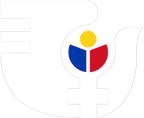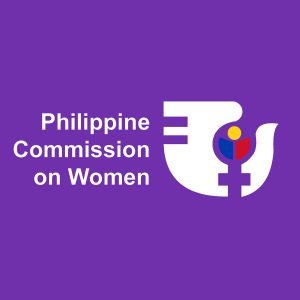Violence Against Women
Violence against women (VAW) appears as one of the country’s pervasive social problems. According to the 2022 National Demographic and Health Survey (NDHS) conducted by the Philippine Statistics Authority, 17.5% of Filipino women aged 15-49 have experienced any form of physical, sexual, and emotional violence from their intimate partners. As of 2021, there were 8,399 reported cases of physical violence, 1,791 on rape, and 1,505 on acts of lasciviousness. It is alarming that despite addressing the concern, VAW persists.
VAW is deemed to be closely linked with the unequal power relation between women and men, otherwise known as “gender-based violence.” Societal norms and traditions dictate people think that men are the leaders, pursuers, and providers and take on the dominant roles in society. At the same time, women are the nurturers, men’s companions, and supporters, and they take on subordinate roles in society. This perception leads men to gain more power over women. Hence, VAW becomes a form of men’s expression of control over women to retain power.
As defined by the UN Declaration on the Elimination of Violence against Women (1993), VAW is “any act of gender-based violence that results in or is likely to result in physical, sexual or psychological harm or suffering to women, including threats of such acts, coercion or arbitrary deprivation of liberty, whether occurring in public and private life. Gender-based violence is any violence inflicted on women because of their sex.”
According to Republic Act 9262 or the Anti-Violence Against Women and their Children Act of 2004, VAW is “any act or a series of acts committed by any person against a woman who is his wife, former wife, or against a woman with whom the person has or had a sexual or dating relationship, or with whom he has a common child, or against her child whether legitimate or illegitimate, with or without the family abode, which result in or is likely to result in physical, sexual, psychological harm or suffering, or economic abuse including threats of such acts, battery, assault, coercion, harassment or arbitrary deprivation of liberty.”
VAW includes, but is not limited to, the following acts:
- Physical violence or the act that includes bodily harm
- Sexual violence or the act that is sexual in nature, committed against a woman or her child
- Psychological violence or the act or omission that causes or is likely to cause mental or emotional suffering of the victim
- Economic abuse or the act that makes or attempts to make a woman financially dependent
In the Philippines, some realities that contribute to the vulnerability of Filipino women to VAW are being accused as “naggers” or neglectful of their duties as a wife that is why they are being beaten by their spouses or being raped due to their “flirtatious” ways; in some instances, filing for sexual harassment is interpreted by her employer as being malicious on the appreciation of her good looks.
Moreover, an even more significant problem is the lack of concrete information to show the extent of VAW in the country, as many cases of violence against women often go unreported due to women victims’ “culture of silence.” Many of the victims are ashamed to relate their experiences. In contrast, others tend to dismiss their ordeal due to their lack of faith in the country’s justice system caused by frustrations over the lack of results in filing complaints.
Several government mechanisms have already been put in place to address VAW. Non-government organizations also take part in this crusade. It is uncertain when this trend will diminish in the Philippine setting, but as long as current efforts to fight VAW are sustained, hope could be set high.
Impacts of VAW
VAW strikes the personhood of women
It does not only affect women’s physical and reproductive health but especially their mental and emotional state. It has caused women to feel ashamed and lose their self-esteem. It threatens women’s personal security.
VAW limits human development
It jeopardizes women’s health and curbs their capacity to participate in social development. Working women’s productivity decreases due to frequent absences resulting from VAW. VAW is responsible for one out of every five healthy days of life lost to women of reproductive age.
VAW further drains the country’s financial resources
The Philippines spent an estimated P6 billion pesos in 2002 to treat VAW survivors. This amount covered the medical treatment of VAW injuries, psychological therapies and programs for survivors, maintenance of shelters, cost of legal and court proceedings to prosecute perpetrators, training costs of service providers, and other indirect social costs to family members of VAW survivors and perpetrators.
VAW is an issue of governance
A state promotes good governance when it makes effective remedies available to eliminate VAW in the homes, communities, and the state.
Mechanisms to Address VAW
- Inter-Agency Council on Violence Against Women and their Children
- Inter-Agency Council Against-Trafficking
- Local Committee on Anti-Trafficking and VAW
- Barangay VAW Desk
VAW Hotlines

